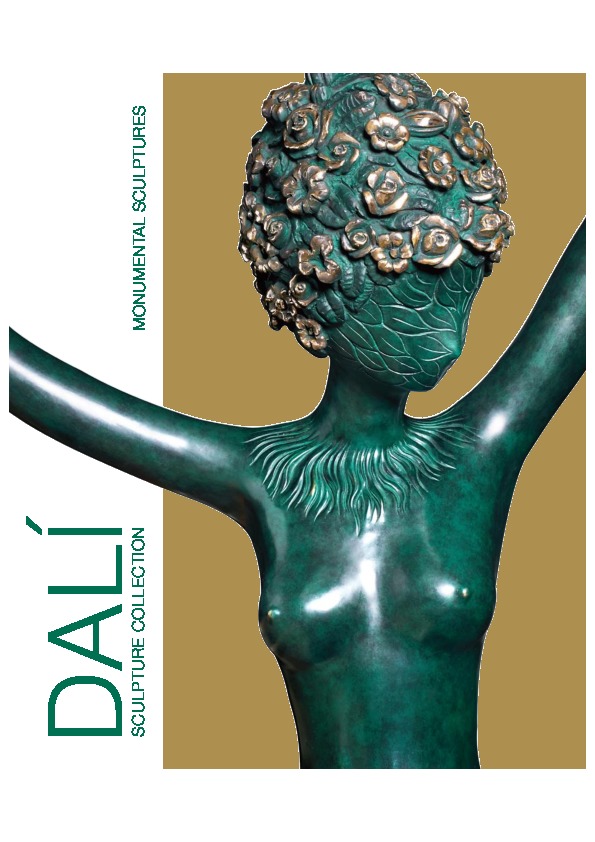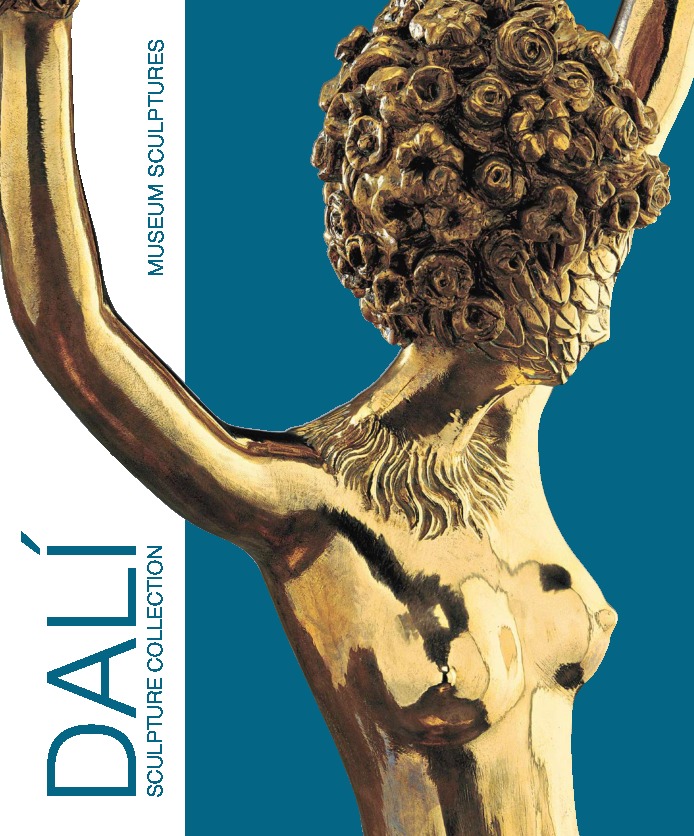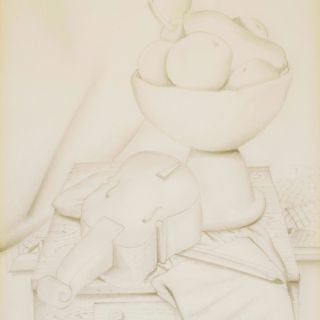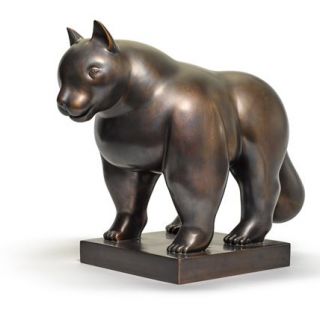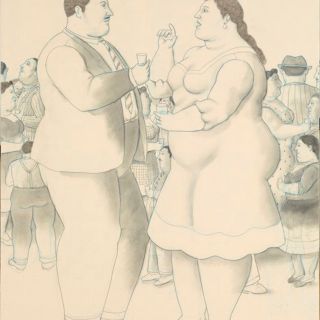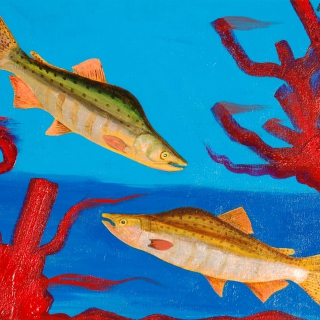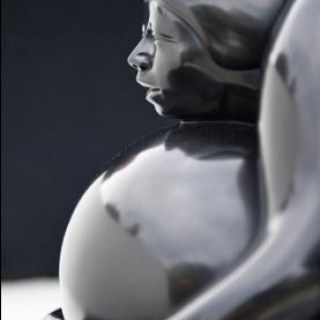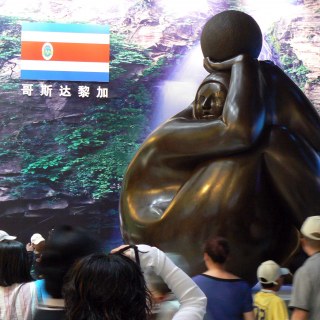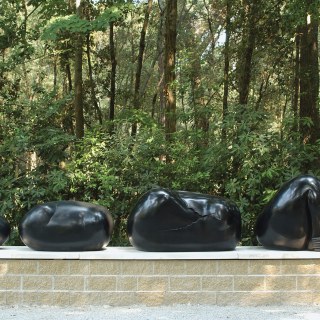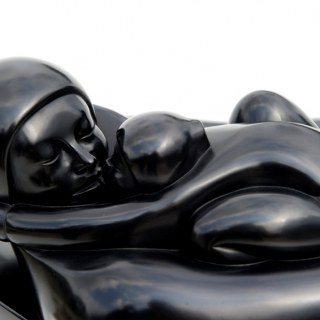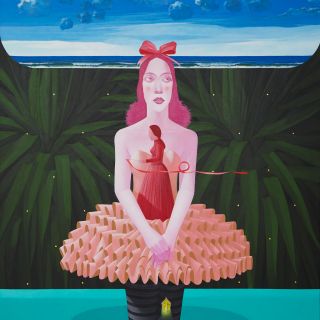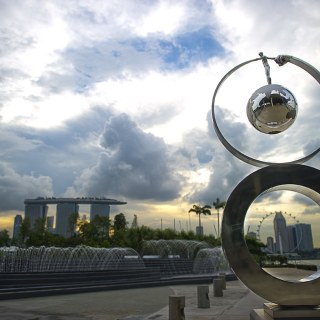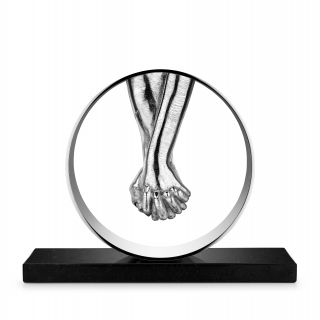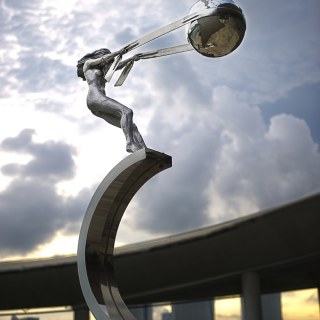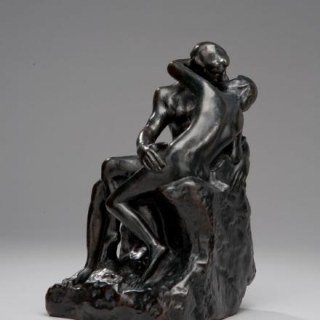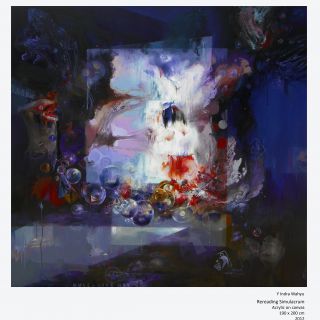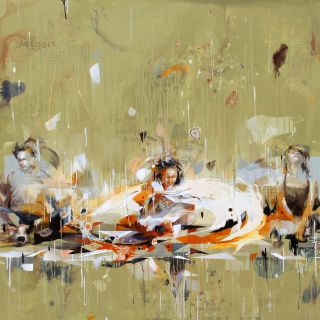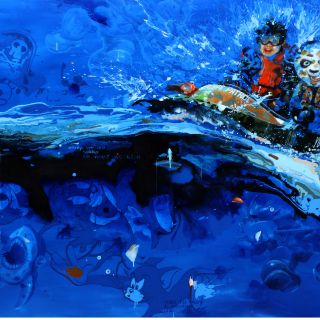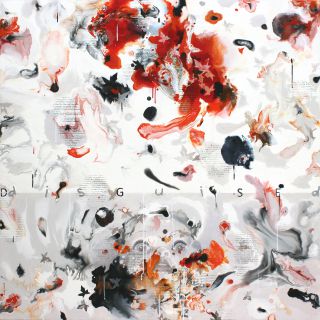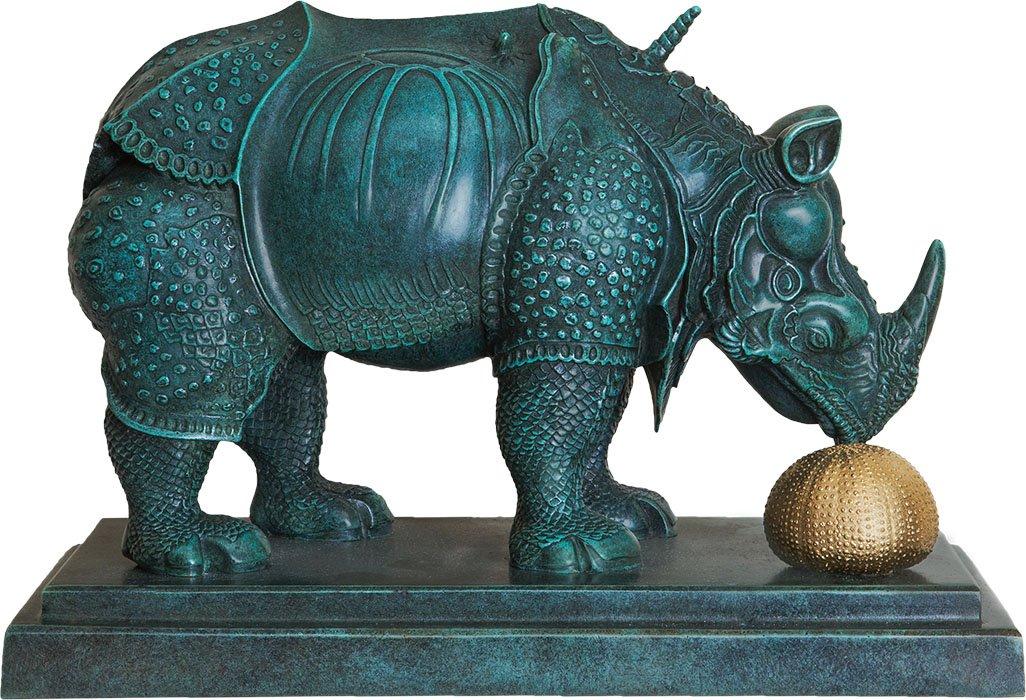
Born on May 11, 1904, in Figueres, Spain, Salvador Dalí’s
eccentric nature and talent for self-promotion made him the most famous
representative of the surrealist movement and one of the most widely recognised
artists in the world. Identified as an artistic prodigy from a tender age, Dalí attended the drawing school at the Colegio de Hermanos Maristas and the
Instituto in Figueres, Spain in 1916. In 1922, he enrolled in the Academia de
San Fernando in Madrid and received recognition during his first solo show
held in Barcelona in 1925. Dalí became internationally known after the third
annual Carnegie International Exhibition in Pittsburgh in 1928 and grew to
immense notoriety and fame. Today, his sculptures and paintings are exhibited
in the most prestigious museums in the world and part of many coveted private
and public collections.
Publications 
Publications
Biography 
Biography
Born on May 11, 1904, in Figueres, Spain, Salvador Dalí was an art prodigy. He started displaying signs of immense artistic talent from a tender age, producing highly sophisticated drawings. This talent was nurtured by his parents who built him an art studio to practise in before he entered art school. Dalí attended the drawing school at the Colegio de Hermanos Maristas and the Instituto in Figueres, Spain in 1916. Dalí's father organized an exhibition of Salvador's charcoal drawings in the family home and this was his first exhibition. By 1919, Dalí had his first public exhibition at the Municipal Theater in Figueres. In 1922, Dalí enrolled in the Academia de San Fernando in Madrid, Spain, but was unfortunately expelled from school in 1926.
Early recognition of Dalí's talent came with his first one-man show held in Barcelona in 1925. He became internationally known when three of his paintings, including the 'Basket of Bread' were shown in the third annual Carnegie International Exhibition in Pittsburgh in 1928.
By the time he reached his thirties, Dalí was exploring the art of sculpture as a surrealist artist, in a search to effectively evoke aesthetic appreciation of an object with uncommonly used materials. Extensive symbolism can be found across all of his works, such as his melting clocks which appear in "Nobility of Time." Dalí used a number of styles and themes over the years, starting with Impressionism, Futurism, and Cubism and depicted a measure of man's universe and his sensations through the use of collage and objects charged with sexual symbolism and ideographic imagery.
The next step was his Surrealist period. These oil paintings were small collages of his dream images. His work employed a meticulous classical technique, influenced by Renaissance artists that contradicted the "unreal dream" space he created with strange hallucinatory characters. Dalí painted 19 larger canvases concerning scientific, historical or religious themes during what he called the "Nuclear Mysticism" period. During this period, his artwork took on a technical brilliance combining meticulous detail with fantastic and limitless imagination. He would incorporate optical illusions, holography, and geometry within his paintings. Many of his works contained images that depict divine geometry, DNA, the Hyper Cube, and religious themes of Chastity. Dalí then moved on to creating the Dalí Teatro Museo (Theater-Museum) in Figueres, Spain (originally the Municipal Theater where Dalí had his public exhibition at the age of 14). Dalí passed away at the age of 84 on January 23, 1989 leaving the world with a historic legacy of art.
Dalí's sculptures are exhibited around the world, including the Alameda Park in Marbella, Real C'ruclo Artistico Museum in Barcelona, Kew Gardens in London, Exchange Square in Hong Kong, The Shanghai Art Museum and the financial district of Singapore. There are several permanent Dalí exhibitions such as the Dalí Theater and Musuem, Salvador Dalí House-Museum in Spain, Salvador Dalí Museum in USA, Dalí Universe in Venice etc.
By the time he reached his thirties, Dalí was exploring the art of sculpture as a surrealist artist, in a search to effectively evoke aesthetic appreciation of an object with uncommonly used materials. Extensive symbolism can be found across all of his works, such as his melting clocks which appear in "Nobility of Time." Dalí used a number of styles and themes over the years, starting with Impressionism, Futurism, and Cubism and depicted a measure of man's universe and his sensations through the use of collage and objects charged with sexual symbolism and ideographic imagery.
The next step was his Surrealist period. These oil paintings were small collages of his dream images. His work employed a meticulous classical technique, influenced by Renaissance artists that contradicted the "unreal dream" space he created with strange hallucinatory characters. Dalí painted 19 larger canvases concerning scientific, historical or religious themes during what he called the "Nuclear Mysticism" period. During this period, his artwork took on a technical brilliance combining meticulous detail with fantastic and limitless imagination. He would incorporate optical illusions, holography, and geometry within his paintings. Many of his works contained images that depict divine geometry, DNA, the Hyper Cube, and religious themes of Chastity. Dalí then moved on to creating the Dalí Teatro Museo (Theater-Museum) in Figueres, Spain (originally the Municipal Theater where Dalí had his public exhibition at the age of 14). Dalí passed away at the age of 84 on January 23, 1989 leaving the world with a historic legacy of art.
Dalí's sculptures are exhibited around the world, including the Alameda Park in Marbella, Real C'ruclo Artistico Museum in Barcelona, Kew Gardens in London, Exchange Square in Hong Kong, The Shanghai Art Museum and the financial district of Singapore. There are several permanent Dalí exhibitions such as the Dalí Theater and Musuem, Salvador Dalí House-Museum in Spain, Salvador Dalí Museum in USA, Dalí Universe in Venice etc.
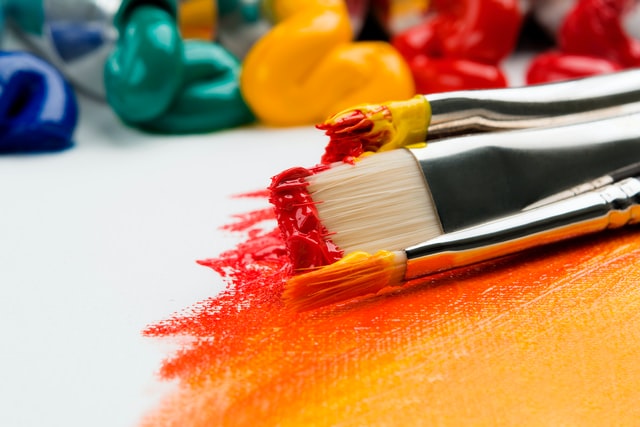
Stay connected.
Sign up to our newsletter for updates on new arrivals and exhibitions




